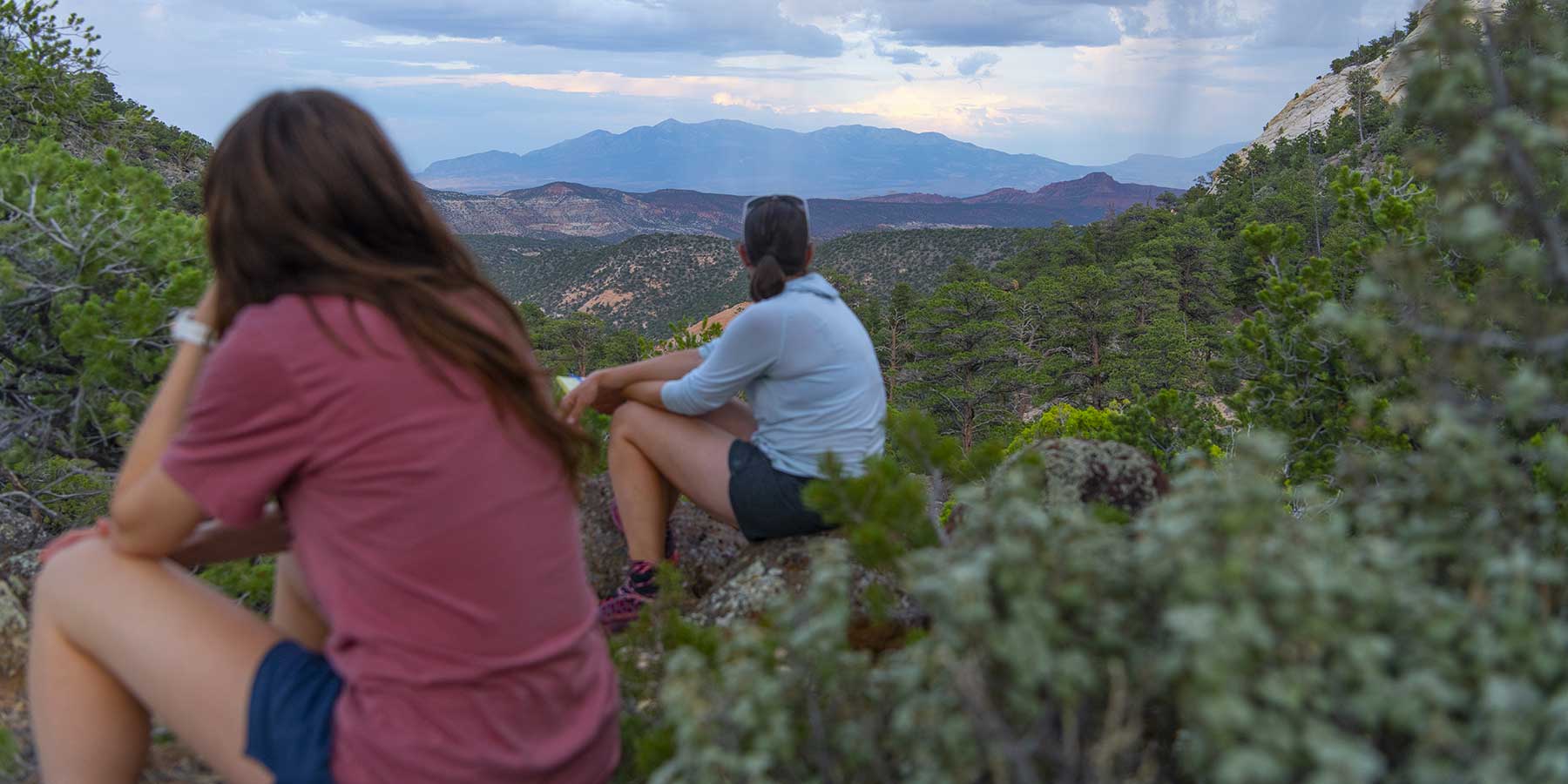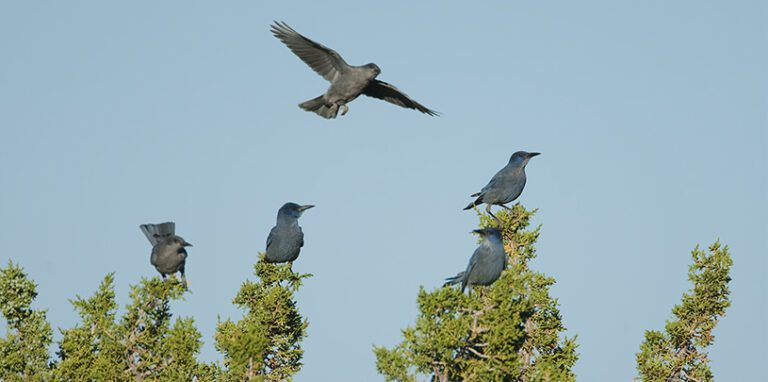
Pinyon and Juniper Forests
Preserving old-growth pinyon and juniper trees
We advocate for careful, science-based management of pinyon and juniper forests.
Across the Southwest, pinyon and juniper trees cover large swaths of our public lands. These stubby, gnarled trees support intricate webs of life — birds perch in their branches, woodrats shred their bark for nests, chipmunks cache seeds in their hollows. And for thousands of years, pinyon and juniper forests have provided medicines, food, firewood, and more for Indigenous peoples of the Colorado Plateau.
Yet the U.S. Bureau of Land Management and U.S. Forest Service have proposed removing pinyon and juniper trees, including in places like Grand Staircase-Escalante National Monument. We work to stop destructive projects and advocate for careful, science-based approaches that preserve pinyon and juniper forests for the plant, animal, and human communities that depend on them.

What we do Stop clear-cutting
There are a variety of ways federal agencies rip, shred, and tear down pinyon and juniper forests, but the result is often the same: vast clear-cut swaths of native trees.
Afterward, exotic grass species are often planted in their place, transforming native vegetation on public lands into feedlots for cows.
Will you help?
Birdwatchers needed
Grab your binoculars and help us spot pinyon jays. We need volunteers to help gather information about pinyon jays. Knowing where the birds are helps us advocate against clear-cutting of the forests they depend on.

Volunteer
Pinyon Jay Project

Why do pinyon and juniper forests matter?
These scrubby trees have evolved to thrive in the desert Southwest, and they are a key species in our warming climate.
As the climate warms, pinyon and juniper are two hardy species that will likely be able to persist.
Pinyon and juniper trees look like they’ve had a hard life — and they have. They survive scorching temperatures, snowstorms, wind, drought, just about whatever the desert throws at them. These persistent trees support over 1,000 different species, ranging from insects, to birds, to deer.

Cultural uses of pinyon and juniper
Just as pinyon and juniper adapted to life on the Colorado Plateau, Indigenous peoples of the Southwest adapted to life with the constant presence of the trees. Cultural uses of pinyon and juniper range from food, to firewood, to art, and more.
Learn more about pinyon and juniper forests





